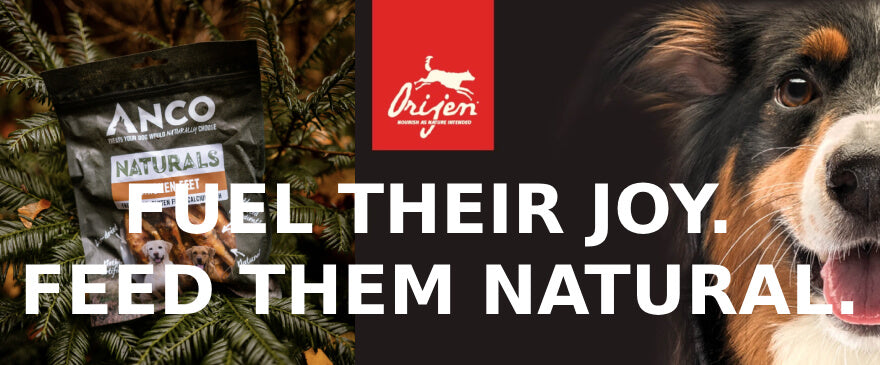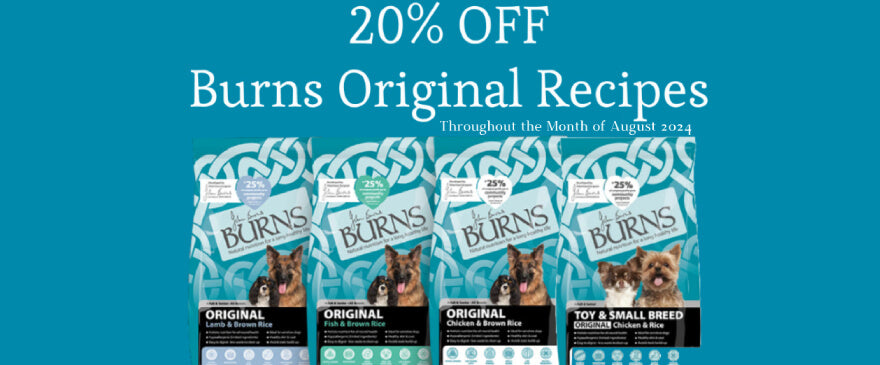FREE SHIPPING OVER £49 T&C'S APPLY
Body Protectors: What Do you Need To Know?
June 11, 2018 3 min read 0 Comments

Stay up to date with everything!
Sign up to emails! Click here
Feeling unsafe when riding? Want to relieve worry to improve your performance?
Body protection can save you from a potential injury, in a lot of cases, from either falling off, getting kicked or even stood on by a horse, no matter what you plan to do, Body Protectors are the way to go, with three different strengths to look after you no matter what the occasion may entail. Aside from many competitions enforcing body protectors, they allow the rider to be more self-assured in their riding as they don't fear the injuries as they would have before and they can spend more time enjoying themselves. The protection level of the body protector, however, depends on the situation.
The Body protector itself comes in three different label varieties: Green, Orange and Blue. Each label is dependant on the thickness of the foam and is certified under BETA (British Equestrian Trade Association) standards. The most standard and highest form of protection is the Blue label it is most suitable for competing, riding and working with horses, it will protect from minor bruising and soft tissue damage and even fractured ribs. The Orange label has a lower level of protection than normal and so should only be used in low-risk situations. The Green label is the thinnest level of protection, and as this has the lowest level of protection, it should only be used for licensed jockeys when racing. These coloured labels are part of the 2018 BETA Standard.
Body Protectors are made up of 5 different parts: Outer Material, Inner Material, Shoulder Protection, Fastenings and the Lining. The weight of the body protector can vary; the heavier the foam, the higher the level of protection. However, some Body-protectors use air instead of foam!
The Outer Material is a sponge clean foam wrapped in fabric whilst the Inner Material has 2 layers of PVC Nitrile foam which use your body to mould into the correct shape, as to increase your riding comfort. However, do not allow your body protector to be exposed to more heat than necessary (e.g. drying it on a radiator).
The fastening can either clip, sliding buckles, Velcro or Zips depending on if the garment is a front opening design or a tabard. The Lining is a form of a breathable mesh, so it doesn’t get too stuffy inside. Once the garment has been used check for dints as this could compromise that area’s protective abilities, do this straight away, because once the foam reverts back to its original state you won’t be able to tell if any of the protection the body protector provides has been comprised in some way.
Although they provide a lot of protection, Body Protectors are not able to complete their job to the best of their ability, unless they are fitted correctly. This should be done by a well-trained retailer with a BETA Safety qualification. To fit a body protector the following things need to be completed: chest, waist and over the shoulder-waist to waist measurements; match your measurements to the size chart and find the closest fit in the range possible; try on the body protector over the top of lighter standard wear, heavier wear (e.g. rainwear, hacking jackets) should be worn over the body protector, meaning that the body protector will fit your body no matter the weather. When you first use/fit your body protector, wear the garment for at least five minutes to assure that the body protector had had time to mould to your shape. To ensure the safest ride and that your body protector fits properly, try to follow these guidelines:
- The Body protector should fit all-around your torso and should feel tight enough that it holds you in place, but you should still be able to breathe ok and should not be uncomfortable.
- The top of the garment should touch the top of your breastbone at the front, and the top of your spine at the back.
- The front side of the body protector should not be less than 25 mm below the ribcage.
- The Saddle should not touch the bottom of the protector, however, some companies can amend this with a shortening service.
- Whilst trying on the garment simulate some riding positions to check to see if you are comfortable.
Check out the range of body protectors available at PetnPony:
Also in PetnPony Blog

Chronic Kidney Disease in Cats - Royal Canin
February 24, 2025 3 min read 0 Comments
Cats - like dogs and humans - have two kidneys situated in the abdomen close to the spine and last rib. They are vital organs, continually filtering toxins and waste materials from the blood and producing urine to enable those toxins to be excreted from the body.

Fuel Their Joy, Feed Them Natural: Discover Premium Dog Foods at PetnPony
August 08, 2024 4 min read 0 Comments

20% Off Burns Original Recipes at PetnPony this August! Natural, Hypoallergenic, and Delicious!
August 05, 2024 3 min read 0 Comments

